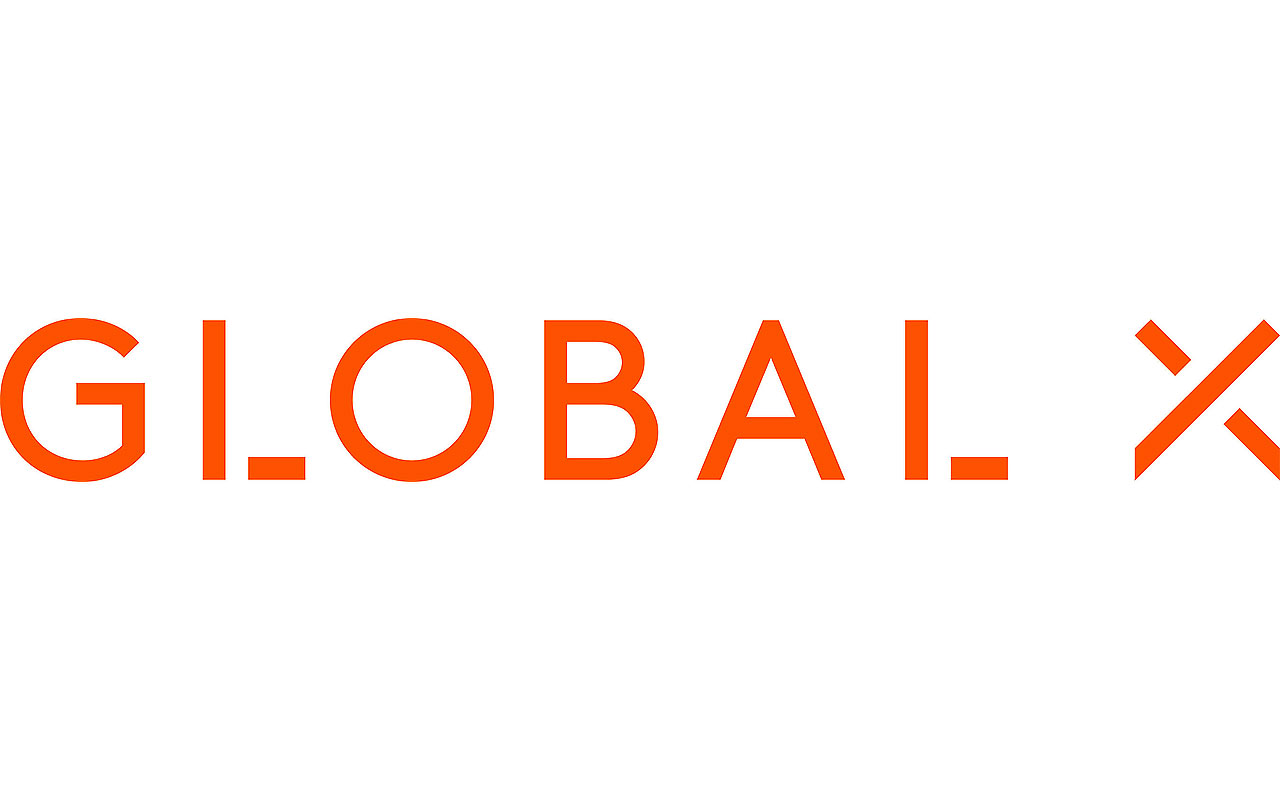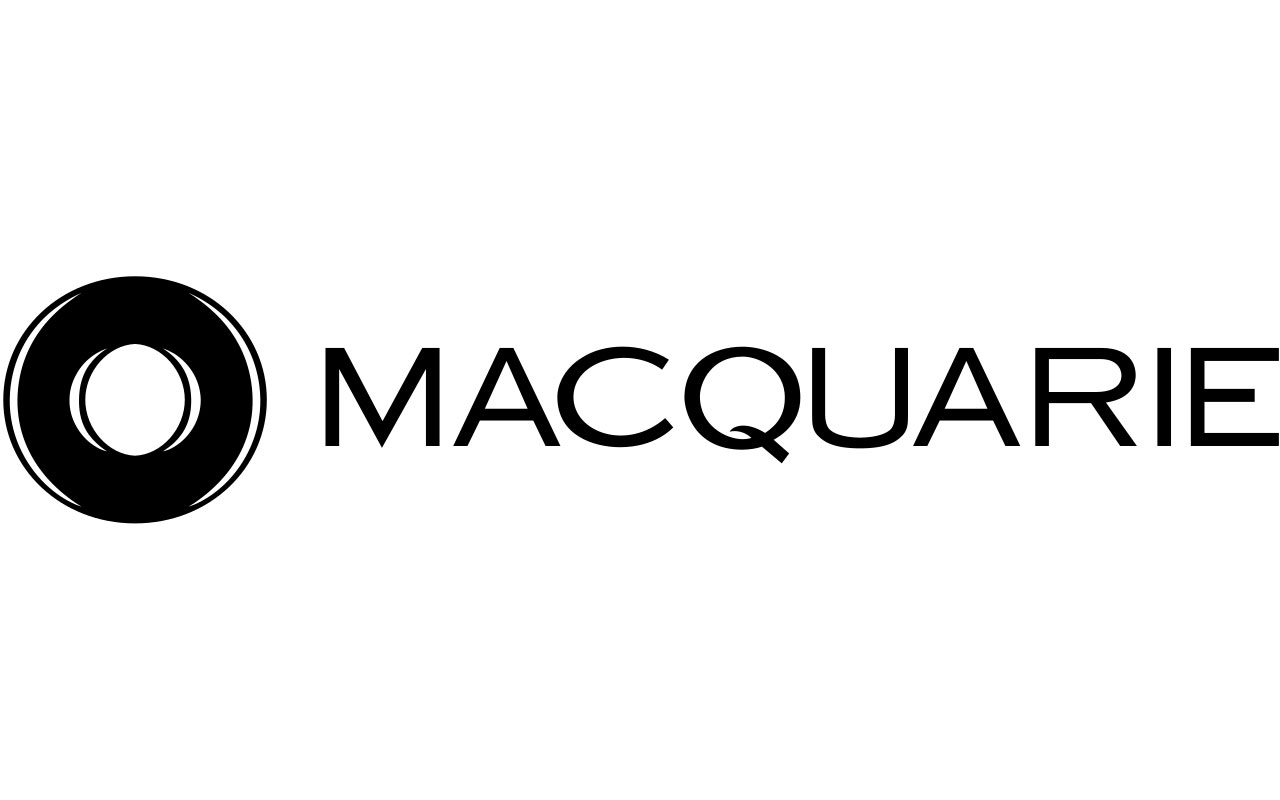12 Alternative Strategies for High Yield and Stability
The return of volatility to the U.S.


The return of volatility to the U.S. stock market in October serves as a timely reminder that bull markets don’t last forever. Every investor must rebalance occasionally to shield portfolios from downside risk. But rather than just shifting your allocations in U.S. stocks and bonds, investors may want to go outside the box … and into some high-yield alternative strategies.
However, American investors face a stock market that’s already richly valued, and a bond market that produces only modest yields and returns.
Fortunately, other options are available for investors who want to capture big dividends and hold risk to a minimum. For instance, preferred stocks generally provide lower volatility than common stocks and yield close to 6% right now. Real estate investment trusts (REITs) provide diversification and yields often between 3% and 5%. Still other pockets of the market are specifically designed to counter market volatility.
If you’re looking to hide out somewhere other than traditional American stock and bond strategies, here are 12 alternatives that tend to deliver higher yields, extra-stable performance or both.
Data is as of Oct. 23, 2018. Fund expenses provided by Morningstar.

iShares U.S. Preferred Stock ETF
- Market value: $15.2 billion
- SEC yield: 5.4%*
- Expense ratio: 0.46%
With more than $15 billion of assets under management, iShares U.S. Preferred Stock ETF (PFF, $36.13) is the most popular of the preferred stock ETFs.
Preferred shares are known for their bond-like payments, as well as yields that are typically much richer than most bonds. PFF is passively managed and designed to mirror the performance of a benchmark index. The ETF’s portfolio consists of more than 300 preferred-share issues, primarily from the banking (36%), diversified financial (24%), real estate (12%) and insurance (10%) sectors. The preferred stocks are issued by companies such as Becton Dickinson (BDX), Barclays (BCS), Citigroup (C) and Sempra Energy (SRE).
PFF’s 0.46% net expense ratio is below the 0.51% average for this fund category, according to Morningstar. The ETF also has a very low equity beta (0.15%), indicating much less price volatility than the broader U.S. stock market. Better still, its high-yield distributions are paid monthly.
PFF launched in March of 2007 and has generated three- and five-year annual returns of 4.5% and 5.3%, respectively, and a 10-year annual return of 6.4%. Those aren’t rip-roaring growth numbers – but strong returns given the lack of volatility investors enjoy.
*SEC yield reflects the interest earned after deducting fund expenses for the most recent 30-day period and is a standard measure for bond and preferred-stock funds.

Invesco Preferred Portfolio ETF
- Market value: $4.9 billion
- SEC yield: 5.8%
- Expense ratio: 0.51%
- Invesco Preferred Portfolio ETF (PGX, $13.99), like PFF, is passively managed but tracks the performance of a different preferred-stock index. PGX launched in 2018 and holds investments in roughly 260 preferred securities. Its portfolio allocation is slightly more aggressive than the iShares product, with sector concentrations in financial (69%), real estate and utilities (10% each) and telecommunications (6%). Its top holdings, then, are unsurprisingly high in banks – Barclays, Citigroup, BB&T Corp (BBT), PNC Financial Services Group (PNC) and Bank of America (BAC).
This ETF has delivered three- and five- year annual returns of 5.2% and 7.0%, respectively. This is slightly less than the index it seeks to emulate, which has delivered annual returns averaging 5.5% and 7.3%, respectively, but better than the PFF. Over the past decade, PGX has returned roughly 8.5% per year.
The fund’s expense ratio is higher than the iShares product, but still quite manageable at 0.51%, which Morningstar says is average for this type of fund. And like PFF, distributions are paid monthly.

WisdomTree Europe Hedged Equity ETF
- Market value: $4.6 billion
- Dividend yield: 2.7%*
- Expense ratio: 0.58%
Foreign stocks continue to be cheaper than U.S. stocks. However, with economic growth picking up in various parts around the globe, this may present a timely opportunity to look for dividends overseas.
The WisdomTree Europe Hedged Equity Fund (HEDJ, $59.07) provides a portfolio of European stocks with built-in safeguards from currency-hedging. This fund invests in Europe’s largest dividend-paying companies and neutralizes exposure to euro/dollar currency fluctuations.
HEDJ draws from a universe of the largest dividend payers from the WisdomTree International Equity Index. Companies must trade in euros, have a minimum market capitalization of $1 billion and derive at least 50% of their revenues from outside Europe.
The fund launched in December of 2009 and has 136 stocks in in its portfolio. Top holdings include many names that should be familiar with Americans: Anheuser Busch InBev (BUD), Banco Santander (SAN), Sanofi-Aventis (SNY) and Unilever (UN). The portfolio is heavily weighted towards the consumer staples (21%), consumer discretionary (17%), industrials (15%) and materials (12%) sectors and has minimal exposure to energy stocks (2%). The top countries represented in the portfolio are France, Germany, the Netherlands and Spain.
The fund’s 0.58% expense ratio is higher than the average for this fund category, but still is manageable.
Dividend yields represent the trailing 12-month yield, which is a standard measure for equity funds.

Invesco S&P 500 Low Volatility ETF
- Market value: $7.4 billion
- Dividend yield: 2.0%
- Expense ratio: 0.25%
Investors fearing sector bubbles like the dot-com bubble bust of 2000 and the financial crisis 2007-08 may sleep easier at night by owning shares of Invesco S&P 500 Low Volatility ETF (SPLV, $47.87).
This ETF does involve traditional U.S. stocks, but with a twist – it tracks the lowest-volatility stocks in the Standard & Poor’s 500-stock index over the preceding 12 months. The least volatile stocks are assigned the highest weights (concentration of assets), and the fund rebalances quarterly.
SPLV is a mix of 100 different large- and mid-cap value stocks, large and mid-cap blend stocks and large-cap growth stocks. The fund’s top holdings at present include Coca-Cola (KO), Ecolab (ECL), Duke Energy (DUK), Aon (AON) and Proctor & Gamble (PG).
Since its inception seven years ago, SPLV has averaged 20% less volatility than the S&P 500 while also benefiting from rising markets. Over the last three and five years, the fund has returned 13.6% a year and 12.7% a year. respectively. This is less than the S&P 500, which delivered three- and five-year annual returns of 16.1% and 14.5% respectively, indicating that investors surrender some upside for less volatility.
But on a total return basis, SPLV has actually outperformed the S&P 500 in this rocky 2018.
The fund’s expense ratio is modest at only 0.25%. Dividends are paid monthly.

Global X TargetIncome 5 ETF
- Asset under management: $2.4 million
- SEC yield: 5.8%
- Expense ratio: 0.77%*
In July, Global X launched Global X TargetIncome 5 ETF (TFIV, $24.37). This fund is designed to produce a reliable 5% yield, net of fees, by allocating investments across eleven asset classes.
TFIV is a fund-of-funds, traded on the CBOE, that invests in global equities (20%), high-yield bonds (21%), senior loans (20%), emerging-market bonds (19%). preferred stock (10%) and U.S. equities (10%). At present, the fund holds positions in these six ETFs: Global X SuperDividend ETF (SDIV), Xtrackers USD High Yield Corporate Bond ETF (HYLB), SPDR Blackstone/GSO Senior Loan ETF, (SRLN), VanEck Vectors JPMorgan EM Local Currency Bond ETF (EMLC), Global X SuperDividend U.S. ETF (DIV) and Global X U.S. Preferred ETF (PFFD). TFIV’s heaviest sector concentrations are in real estate, utilities, consumer cyclical, industrials and energy. The fund has no significant track record yet because it was launched in July 2018, so investors might want to monitor TFIV for a few quarters to see if the ETF delivers on its promise.
Distributions are paid on monthly, and at 0.77%, the fund’s operating expenses are above the 0.64% average for this category.
*Includes management fees of 0.39%, and acquired fund fees and expenses, by virtue of its holdings, of 0.38%.

iShares Residential Real Estate Capped ETF
- Market value: $313.4 million
- Dividend yield: 3.6%
- Expense ratio: 0.48%
Real estate investment trusts (REITs) are popular as a source of dividend-based income, inflation protection and portfolio diversification. iShares Residential Real Estate Capped ETF (REZ, $61.36) takes safety one step further by limiting its investments to American residential, healthcare and self-storage REITs.
An important note: There are no retail REITs in this portfolio, and thus no risks associated with growth in e-commerce or downturns in consumer spending.
REZ has 43 stocks in its portfolio and a mix of residential REITs (48%), healthcare REITs (34%) and specialty REITs (18%). Its top holdings include storage REIT Public Storage (PSA), apartment play AvalonBay Communities (AVB) and healthcare trust Welltower (WELL).
This ETF has an equity beta of 0.35, indicating that REZ shares have roughly one-third of the volatility of the broader U.S. stock market.

Invesco International Dividend Achievers Portfolio ETF
- Market value: $728.0 million
- Dividend yield: 3.7%
- Expense ratio: 0.55%
Global dividends rose 12.9% year-over-year in the second quarter of 2018, according to Janus Henderson, and reached record levels. Investors can participate in this global dividend growth by owning shares of Invesco International Dividend Achievers Portfolio ETF (PID, $15.05).
This international dividend ETF is built around a “dividend achievers” model that focuses on foreign companies with five or more consecutive years of dividend growth.
PID’s portfolio is spread across 10 different sectors and countries. The heaviest country concentrations are Canada (42%), the United Kingdom (26%), Russia (8%) and Switzerland (4%). PID’s top individual stocks are Novolipetsk Steel, Vodafone Group (VOD) and BT Group (BT).
PID launched 13 years ago and is noteworthy for being is one of the more affordable choices in the international equity ETF space, with an expense ratio of just 0.55%.

SPDR Dow Jones Global Real Estate ETF
- Market value: $2.2 billion
- Dividend yield: 3.9%
- Expense ratio: 0.5%
Investors gain exposure to the global real estate market by owning shares of SPDR Dow Jones Global Real Estate ETF (RWO, $45.69). This passively managed ETF invests in real estate companies from the U.S., developed and emerging markets.
RWO’s portfolio consists of around 210 stocks and has a sizable allocation to American REITs, which currently account for 58% of the portfolio. This ETF also has sizable positions in Japan (12%), Australia (5%), the United Kingdom (4%) and Hong Kong (4%). Its top REIT holdings are thick in U.S. real estate plays such as Simon Property Group (SPG), Prologis (PLD) and Public Storage, with only Mitsui Fudosan (MTSFY) and Link REIT (LKREF) hailing from outside the U.S.
Annual turnover of the portfolio is low at just 13%, and the fund’s 0.50% net expense ratio is average for this fund category, according to Morningstar.

Dreyfus International Bond Fund
- Market value: $1.0 billion
- SEC yield: 2.1%
- Expense ratio: 1.02%
Foreign bonds are the focus of Dreyfus International Bond Fund (DIBAX, $14.95), which allocates 65% of its portfolio to non-U.S. fixed-income securities, including government bonds from emerging markets. The fund may invest up to 25% of its assets in emerging markets and as much as 5% in any one emerging market.
The fund launched 13 years ago and has approximately 260 bonds in its portfolio. The current mix is 65% government bonds, 17% corporate bonds, 13% asset-backed securities and 4% supranational bonds (i.e. extending across national borders), with the rest in cash. By country, the biggest exposures are Japan (23%), the United States (19%), the United Kingdom (8%) and Italy (6%). Turnover in the portfolio is high at approximately 113% a year. But quality is also high – nearly 60% of the securities in DIBAX’s portfolio have a credit quality rating of “A” or better.
The fund’s fee levels are considered average, but note that there is also a 4.5% sales charge on the A-class DIBAX shares. Distributions are made semi-annually.

Templeton Global Bond Fund
- Market value: $35.0 billion
- SEC yield: 4.7%
- Expense ratio: 0.96%
Another fund offering global bond exposure is Templeton Global Bond Fund (TPINX, $11.68). This fund invests the majority of its assets in government bonds from around the world and enters into currency-related transactions involving derivative to manage risk.
At just 42% a year, TPINX has much lower portfolio turnover than the Dreyfus bond fund. It’s also cheaper, with a 0.92% expense ratio, and the initial sales charge is less at 4.25%.
At present, this fund has 72% of its assets allocated to bonds – 45% to the Americas (mainly Mexico and Brazil), 24% Asia, 2% Middle East and Africa and 1% Europe – and the balance to cash and cash equivalents.
TPINX has a 32-year track record and pays monthly distributions.
The fund’s returns over the past decade have averaged 5.0% per year – a much better performance than its benchmark index (the FTSE World Government Bond Index), which returned only 2.2% a year. Three- and five-year annual returns were 2.0% and 0.7%, respectively, and also exceed those of its benchmark index.

Cohen & Steers Infrastructure Fund
- Market value: $1.9 billion
- Distribution rate: 8.4%
- Expense ratio: 2.17%
Infrastructure stocks have replaced utilities as a “widows-and-orphans” investment that provides income, inflation protection and a counter-balance to other more volatile assets. Cohen & Steers Infrastructure Fund (UTF, $22.08) is a closed-end fund that invests in the stock and bonds of companies worldwide that own various types of infrastructure, such as gas pipelines, cell towers, toll roads and marine ports.
The fund invests in 181 different securities. At present, the allocation of UTF’s portfolio is 48% U.S. stocks, 35% foreign stocks, 5% bonds and 10% other types of investments. Top fund holdings included utility NextEra Energy (NEE), telecommunications REIT Crown Castle International (CCI) and railroad operator Union Pacific (UNP).
UTF launched in March 2004 and has generated three- and five-year annual returns of 15.5% and 11.5%, respectively – both better than benchmark infrastructure index. The fund also pays monthly distributions. However, this CEF’s expense ratio is somewhat rich at 2.17%.
*Distribution rate can be a combination of dividends, interest income, realized capital gains and return of capital, and is an annualized reflection of the most recent payout. Distribution rate is a standard measure for CEFs.

Macquarie Global Infrastructure Total Return Fund
- Market value: $249.6 million
- Distribution rate: 8.4%
- Expense ratio: 2.50%
Another high-yielding global infrastructure fund is Macquarie Global Infrastructure Total Return Fund (MGU, $20.02). Although this fund manager is not especially well-known in the U.S., Australia-based Macquarie is among the top 50 asset managers globally, with more than $368 billion in assets under management.
MGU’s portfolio focuses heavily on investments in pipelines (31%), electric utilities (17%), toll roads (11%) and air ports (10%). The fund’s top holdings include energy companies such as Enbridge (ENB), Cheniere Energy (LNG) and TransCanada (TRP). Roughly 46% of the portfolio allocation is North American assets, but the fund also makes sizable investments in Australia, Italy, the U.K., Spain and Mexico.
This closed-end fund launched in August 2005 and has generated yearly returns averaging 11.9% over the past 10 years, though a more modest 4% annually over the past five years.
Profit and prosper with the best of Kiplinger's advice on investing, taxes, retirement, personal finance and much more. Delivered daily. Enter your email in the box and click Sign Me Up.

Lisa currently serves as an equity research analyst for Singular Research covering small-cap healthcare, medical device and broadcast media stocks.
-
 Nasdaq Sinks 418 Points as Tech Chills: Stock Market Today
Nasdaq Sinks 418 Points as Tech Chills: Stock Market TodayInvestors, traders and speculators are growing cooler to the AI revolution as winter approaches.
-
 23 Last-Minute Gifts That Still Arrive Before Christmas
23 Last-Minute Gifts That Still Arrive Before ChristmasScrambling to cross those last few names off your list? Here are 23 last-minute gifts that you can still get in time for Christmas.
-
 The Rule of Compounding: Why Time Is an Investor's Best Friend
The Rule of Compounding: Why Time Is an Investor's Best FriendDescribed as both a "miracle" and a "wonder," compound interest is simply a function of time.
-
 What Fed Rate Cuts Mean For Fixed-Income Investors
What Fed Rate Cuts Mean For Fixed-Income InvestorsThe Fed's rate-cutting campaign has the fixed-income market set for an encore of Q4 2024.
-
 The Most Tax-Friendly States for Investing in 2025 (Hint: There Are Two)
The Most Tax-Friendly States for Investing in 2025 (Hint: There Are Two)State Taxes Living in one of these places could lower your 2025 investment taxes — especially if you invest in real estate.
-
 The Final Countdown for Retirees with Investment Income
The Final Countdown for Retirees with Investment IncomeRetirement Tax Don’t assume Social Security withholding is enough. Some retirement income may require a quarterly estimated tax payment by the September 15 deadline.
-
 The 24 Cheapest Places To Retire in the US
The 24 Cheapest Places To Retire in the USWhen you're trying to balance a fixed income with an enjoyable retirement, the cost of living is a crucial factor to consider. Is your city the best?
-
 Dividends Are in a Rut
Dividends Are in a RutDividends may be going through a rough patch, but income investors should exercise patience.
-
 Municipal Bonds Stand Firm
Municipal Bonds Stand FirmIf you have the cash to invest, municipal bonds are a worthy alternative to CDs or Treasuries – even as they stare down credit-market Armageddon.
-
 High Yields From High-Rate Lenders
High Yields From High-Rate LendersInvestors seeking out high yields can find them in high-rate lenders, non-bank lenders and a few financial REITs.
-
 Time to Consider Foreign Bonds
Time to Consider Foreign BondsIn 2023, foreign bonds deserve a place on the fringes of a total-return-oriented fixed-income portfolio.
